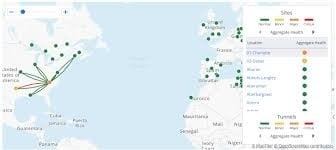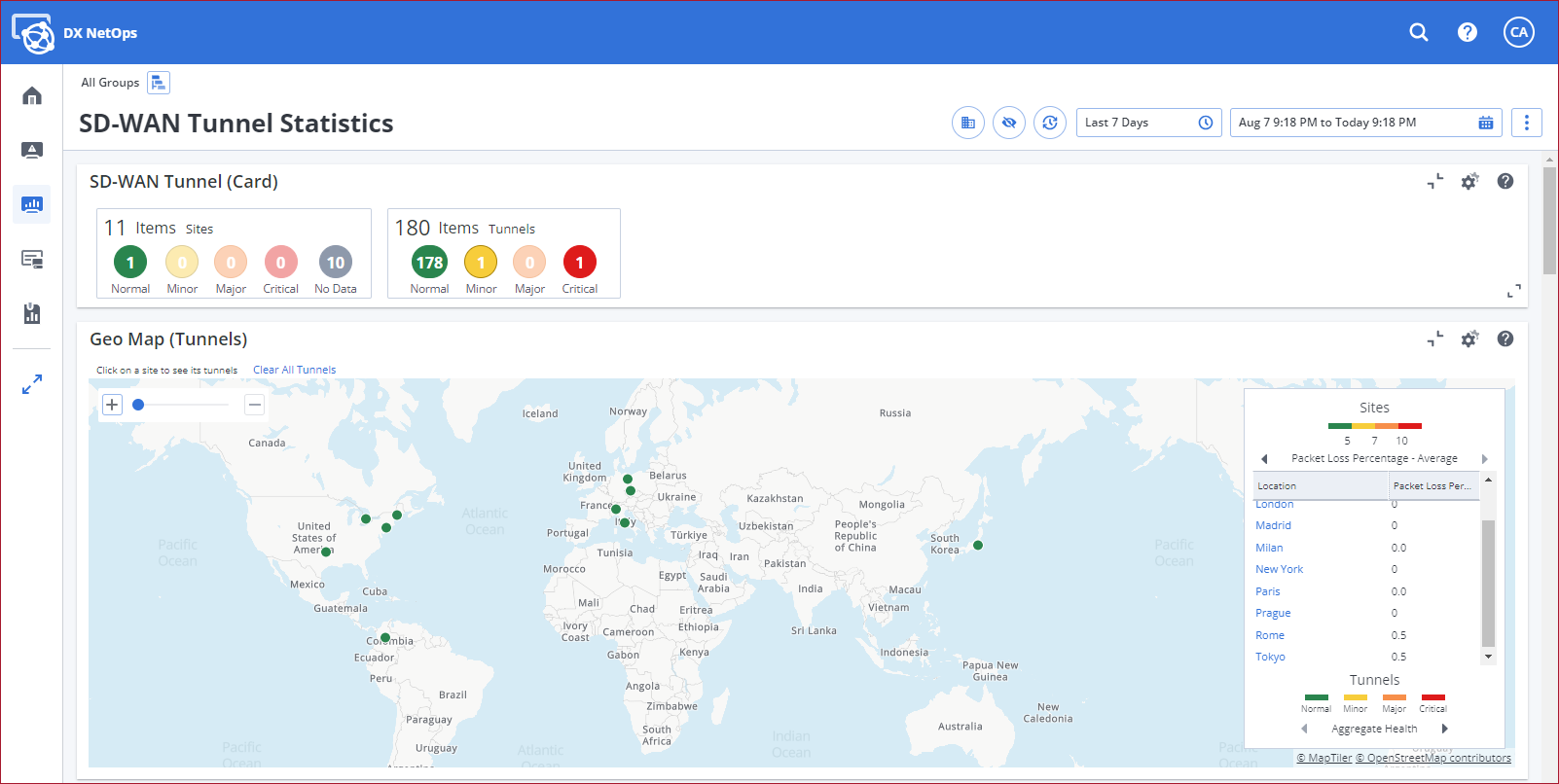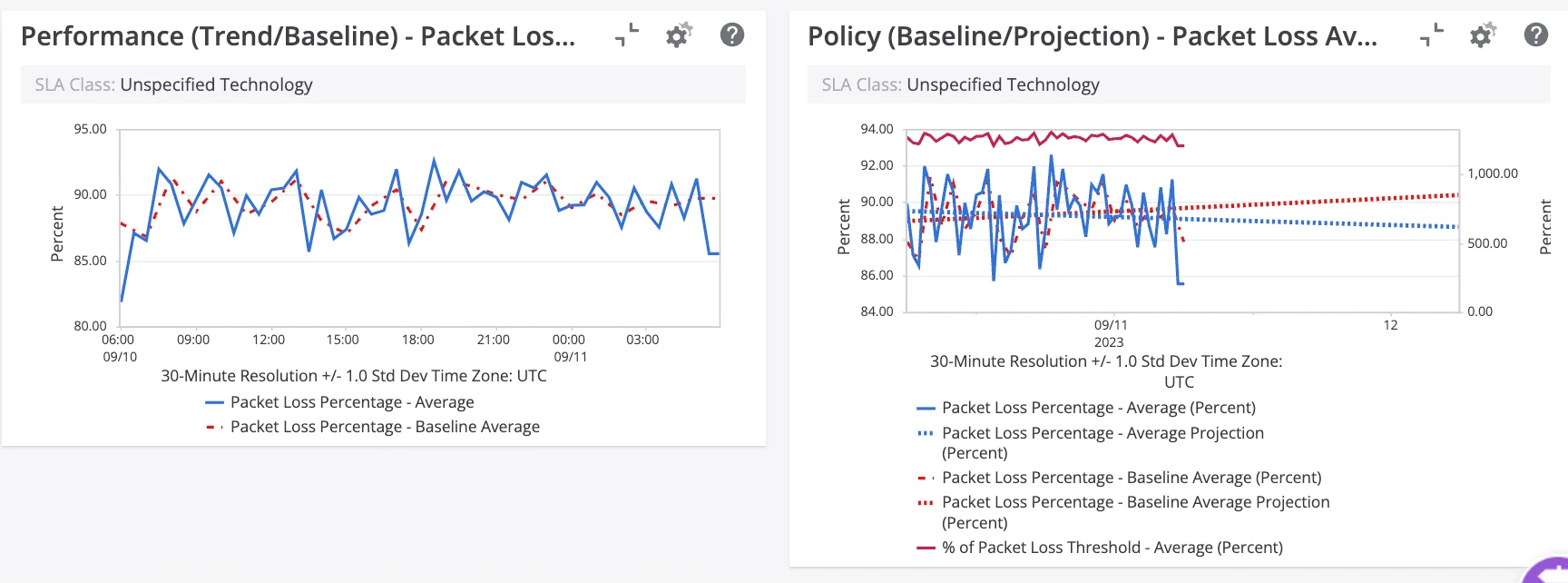Accelerate transformation with end-to-end network observability for modern networks
Learn about network observability best practices for SD-WAN and beyond.

Assuring Modern Networks
To assure that our networks are meeting new demands of today’s workloads and stresses, establishing robust network observability is an imperative. Broadcom, along with our customers and ecosystem partners have a history of great collaboration to develop best practices for observing and managing modern networks. To this end, we will share standard operation procedures (SOPs) and best practices developed through this collaboration. The primary use case we will focus on is end-to-end network observability in a vendor-agnostic SD-WAN environment, but much of what is covered will apply to broader network observability use cases as well.
Accelerate Network Transformation With End-to-End SD-WAN Monitoring
Network transformation requires adopting new technologies and new knowledge, expertise, and processes. You’ll want to involve network operations teams early in the planning and deployment process in order to:
- Establish best practices for the entire SD-WAN deployment and operation lifecycle.
- Modify Standard Operating Procedures (SOPs) for monitoring the overlay and underlay network as one.
- Avoid blind spots with 360-degree visibility.
- Assure SD-WAN with confidence by continuously validating SLA policies.
Network Transformation Lifecycle

The Network Transformation Lifecycle Framework enables customers and partners to identify areas where we can work together, and collaborate on best practices and SOPs for monitoring SD-WAN. It improves interoperability and operational workflows, and accelerates network transformation with end-to-end observability.
Standard Operating Procedures (SOPs) and Best Practices for Network Observability
Access proven paths to ensure you have complete visibility for modern networks including SD-WAN.
>> Overview of SD-WAN Migration and Performance Monitoring
Day 1 Operations

Build and Deploy
Device Topology Discovery
Automatically discover new sites, tunnels, and associated inventory
View SOPs >>
E2E Visibility and Observability
Comprehensive visibility into overlay and underlay performance
View SOPs >>
Policy and Monitoring Setup
Configure threshold profile events and alarms to establish policy-based alarm notification and forwarding
View SOPs >>
Day 2 Operations

Monitor & Manage
Alarm and Event Management
Single-pane operations for alarms, faults, and performance. Prioritize critical SD-WAN issues
Fault Isolation and Triage
Best practices and SOPs for root cause analysis and fault isolation
Escalation Workflow and Ticketing
Policy based alarm notification and forwarding. Integration with central event consoles and ticketing systems
Continuous Operations

Assure & Optimize
Policy Validation
Validate SLA policies vs actual network delivery performance
View SOPs >>
Performance and Volatility Analysis
Identify deviations from normal behaviors, and understand capacity projections based on actual measured capacity using performance trend reports
Capacity Planning and Optimization
Access to performance reports for packet loss, latency, and jitter, as well as utilization reports for interfaces, network components, CPU, and memory
View SOPs >>
